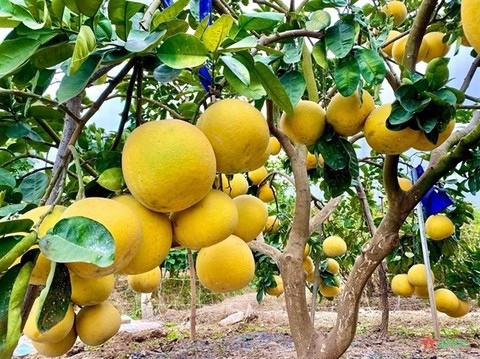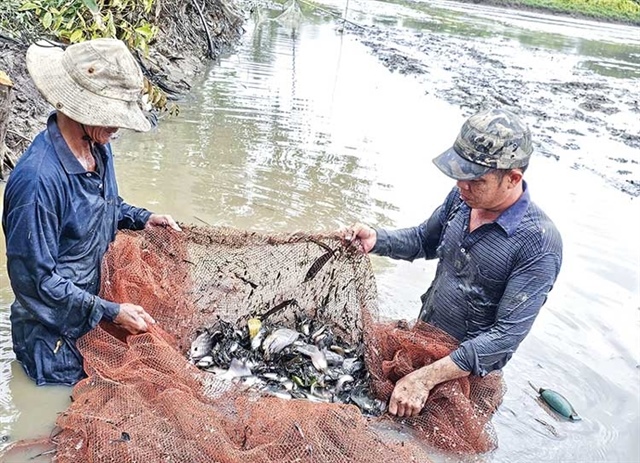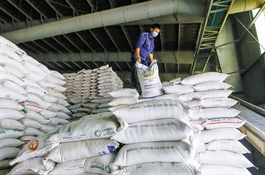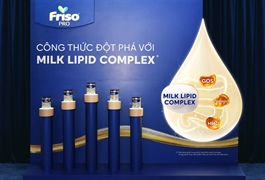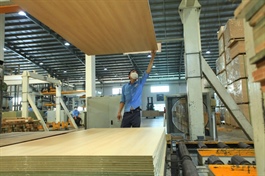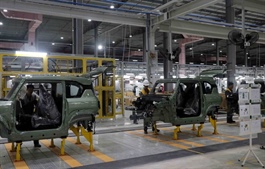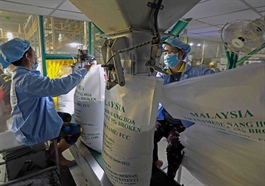Developing tilapia into a strategic export industry for Việt Nam
Developing tilapia into a strategic export industry for Việt Nam
The Directorate of Fisheries under the Ministry of Agriculture and Rural Development organised a forum on the development of tilapia production and consumption in Hải Phòng City on October 17.
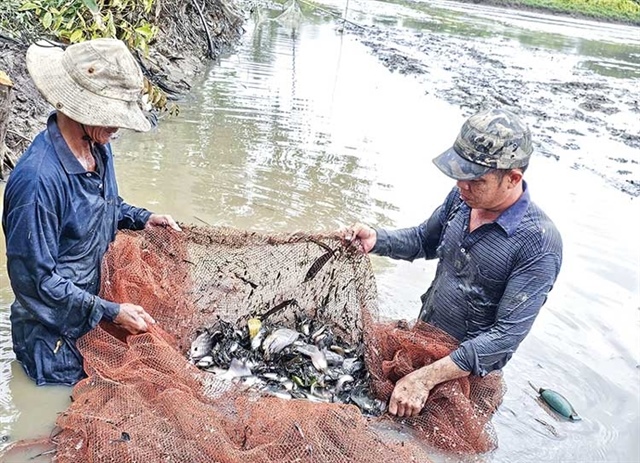
Harvesting tilapia. — Photo thuysanvietnam.com.vn |
Tilapia has been positioned as a strategic product that can drive Việt Nam's seafood export industry.
According to the Directorate of Fisheries under the Ministry of Agriculture and Rural Development, there are opportunities for Việt Nam to create a high-value supply chain and establish tilapia as a key export commodity, in line with its technical potential and market opportunities.
Nhữ Văn Cẩn, deputy director of the Directorate of Fisheries, said that tilapia was currently emerging as an important seafood commodity for both northern and southern farming areas.
The tilapia farming area reached 42,000 hectares with a production of 316,000 tonnes last year.
According to Ngô Thế Anh, head of Aquaculture Department of the Directorate of Fisheries, the tilapia farming area increased by 15 per cent last year compared to the 2020 plan, with production rising by 11.05 per cent and export turnover surpassing US$40 million.
Hải Phòng is the leading locality in the northern provinces in tilapia production with over 39,000 tonnes, ranking only behind the two southern provinces of Đồng Tháp and An Giang.
To promote the development of tilapia production and consumption in Việt Nam, Anh proposed eight groups of solutions.
Specifically, it is necessary to review and re-plan concentrated farming areas based on ecological conditions, invest in infrastructure for breeding and farming areas, complete the high-quality breeding system and establish regional breeding centres to ensure traceability, avoid hybridisation, and meet international standards and certifications.
At the same time, advanced farming technologies must be applied, environmental disease management must be improved, and the development of high-quality, reasonably priced feed with sustainable raw material sources must be encouraged, along with strengthened feed quality management.
In terms of production organisation and chain linkage, co-operatives, producer-processing-consumer models must be developed, creating closed value chain models with contracts for product off-take with exporting businesses, supporting farm registration for traceability and expanding domestic consumption.
Investment in deep processing technology, building the Vietnamese tilapia brand linked with ASC, BAP, or VietGAP certification, and diversifying export markets would also be necessary.
Regarding policies and science-technology mechanisms, it would be necessary to specify policies for credit support and production linkages, promote research and technology transfer for breeding, feed, water treatment, traceability and training for fish farming management.
The solutions for quality management and certification involve widely implementing VietGAP, ASC, and BAP certifications for commercial farming areas linked to export processing, establishing systems for quality control and traceability, and supporting farmers and cooperatives in building national certification files.
Businesses agreed with the assessments of market trends, potential, and opportunities for the tilapia industry.
They suggested that the government provide support mechanisms for access to quality breeding stock, propose the establishment of a Green Development Fund for environmentally friendly farming technology, and create accessible bank loans to encourage farmers to adopt new farming methods.
- 13:46 20/10/2025



